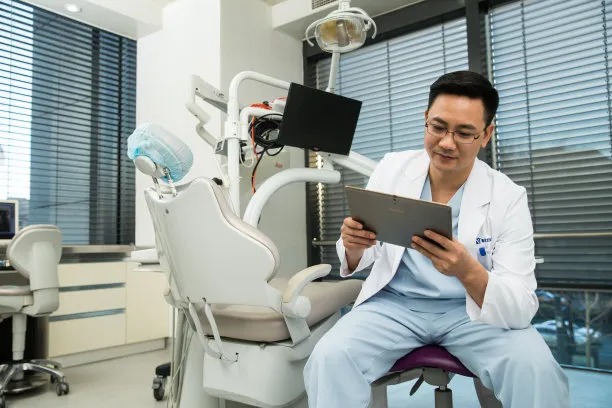The Essential Guide to Understanding When and How to Extract a Tooth Safely and Effectively for Dental Health
Summary: Understanding how and when to extract a tooth is crucial for maintaining optimal dental health. This essential guide delves into the indications for tooth extraction, the various methods employed for safe dental procedures, follow-up care to ensure healing, and expert advice for reducing anxiety during extractions. By exploring these essential aspects, individuals can make informed decisions about their dental health, support their well-being, and ensure they receive the most effective care. This article serves as a comprehensive resource for anyone navigating the complexities of tooth extraction.
1. When is Tooth Extraction Necessary?

Tooth extraction becomes necessary for several reasons, primarily focusing on dental health. One common reason is the presence of severe decay, where parts of the tooth are irretrievably damaged, leading to pain and potential infection. In such cases, removing the tooth prevents the spread of infection to adjacent teeth and helps restore overall oral health.
Another scenario calling for extraction involves orthodontic treatment. When teeth are overcrowded, extracting certain teeth may be necessary to create space for successful alignment. This process facilitates proper bite function and enhances the overall appearance of the smile.
Additionally, a tooth may need to be extracted if it is impacted, especially wisdom teeth. Impacted teeth can cause pain, infection, or damage to neighboring teeth, making extraction the most viable option for alleviating discomfort and maintaining healthy teeth.
2. Understanding Extraction Techniques
Various techniques are used for tooth extractions, which can be categorized into simple and surgical extractions. A simple extraction involves the removal of a tooth that is visible and accessible in the mouth. This procedure usually requires local anesthesia to numb the area and can often be performed in a dental office.
Surgical extractions, on the other hand, are more complex and necessary for teeth that are not fully erupted or have broken below the gum line. This procedure may involve incisions in the gums, and will often be performed under IV sedation or general anesthesia, depending on the tooths condition and patient anxiety levels.
Regardless of the technique used, it is essential to trust a skilled dental professional who follows strict protocols to ensure a safe and effective extraction process. Proper training and experience play a significant role in minimizing complications and maximizing patient outcomes.
3. Post-Extraction Care for Optimal Recovery
After a tooth extraction, following proper aftercare is crucial for promoting healing and minimizing discomfort. The first step involves controlling bleeding by biting down gently on a gauze pad placed over the extraction site for 30 to 60 minutes. If bleeding persists, additional gauze pads may be required.
Rest is also vital in the initial days following extraction. Patients should avoid strenuous activities and follow their dentists recommendations on pain management, using prescribed medication or over-the-counter pain relievers as needed.
Maintaining oral hygiene is essential, but its important to be gentle around the extraction site. Patients are advised to avoid rinsing their mouth vigorously for at least 24 hours and to refrain from using straws, as the suction can dislodge the blood clot and lead to complications like dry socket.
4. Managing Anxiety About Tooth Extractions
Dental anxiety is a common experience for many patients faced with the prospect of a tooth extraction. However, there are strategies to ease this anxiety and make the process manageable. Open communication with the dentist about fears and concerns can set the groundwork for a more comfortable experience.
Utilizing relaxation techniques, such as deep breathing or visualization exercises, can also help patients remain calm before and during the procedure. Some dental offices even offer sedation options to help anxious patients relax while receiving care.
Lastly, educating oneself about the procedure can alleviate fears. Understanding the reasons for extraction, what to expect during the procedure, and how to care for oneself afterward can empower patients, making them feel more in control of their dental health journey.
Summary:
Tooth extraction is sometimes necessary to preserve dental health and can be performed safely and effectively when the right techniques are applied. From understanding when extraction is needed to employing proper aftercare and managing anxiety, individuals can navigate this process with confidence and preparedness.
This article is compiled by Vickong Dental and the content is for reference only.



